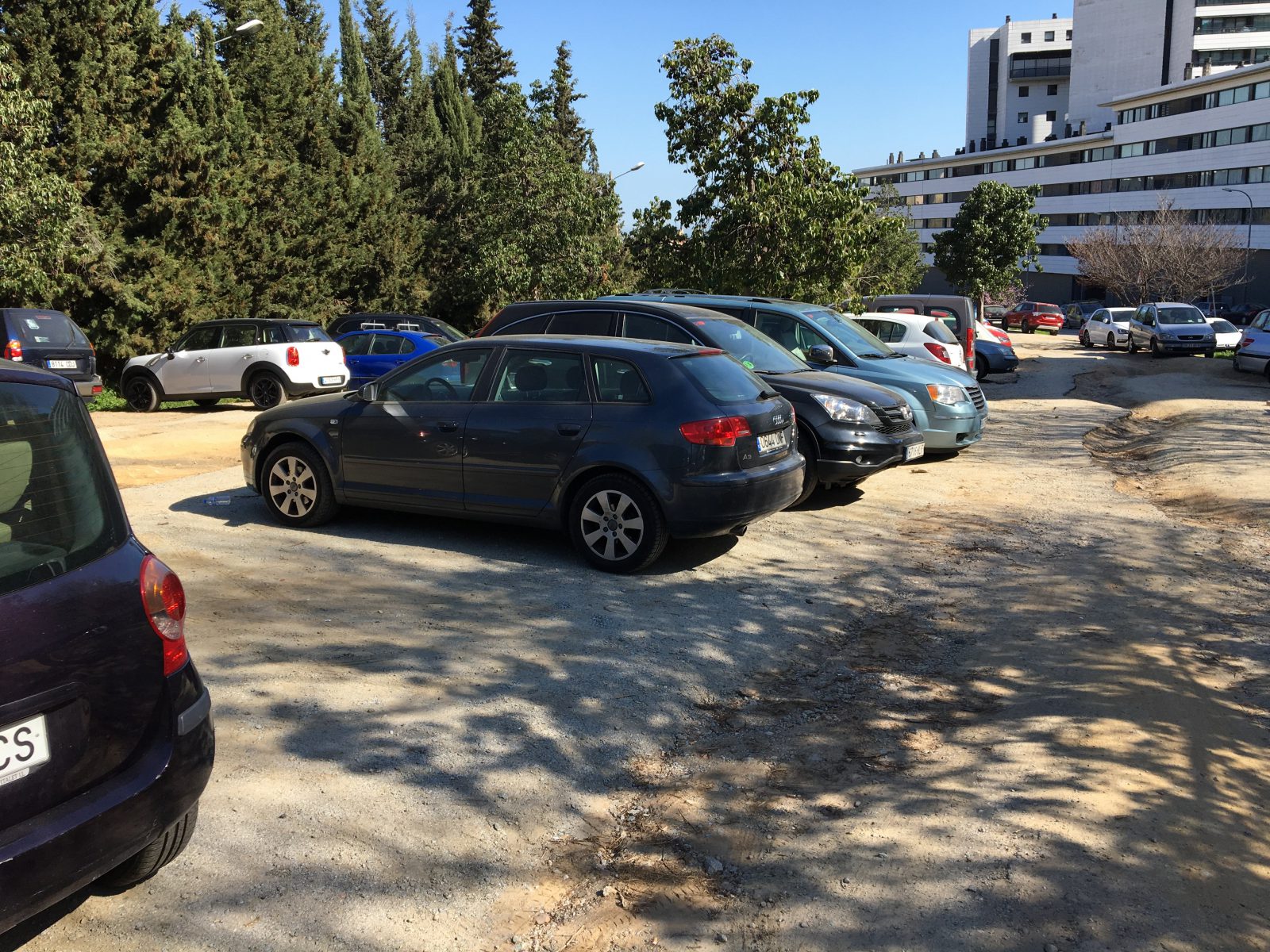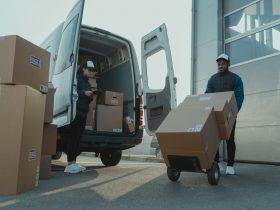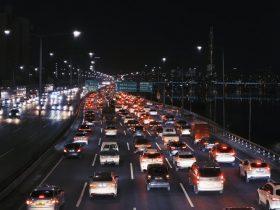Most of us know there is often a chasm that exists between theory and reality.
Many companies expect to make a lot of money from ride hailing and ride sharing services in the future.
Legacy automakers are tripping all over themselves to get into the self driving car business so they can cash in on the next boom market.
But what no one seems to be taking into consideration is the cost of cleaning all those vehicles after the trip is over.

If you see a newspaper fluttering across your lawn, you pick it up because it is on your property.
If you see a newspaper fluttering across a public park, you watch is go by and move on. That’s just human nature.
One of the great criticism of communism is that everybody’s property is nobody’s property and becomes neglected.
A self driving car that belongs to no one will suffer the same lack of care.
Pritam Singh is a driver for Lyft. He says he spends about $200 a month cleaning his Toyota Camry to get rid of vomit, greasy fingerprints, dog excrement on floor mats, and other gross and disgusting things he says come with the territory.
That’s a lot of money for one person to spend when the typical fare nets just $10 or so.
Uber and Lyft assume that apps and bots will take care of running operations while they sit back and rake in the cash.
In actuality, there are several hidden costs that need to be taken into account when calculating the bottom line. Hertz has recently reported huge losses because prices for used sedans are plummeting in a world where everyone wants an SUV.
Paying for places to park a fleet of cars in congested cities can cost big dollars.
Then there is insurance, property taxes, and all the other little niggling charges that can quickly eat into gross income. Depreciation is also a big factor.
Hertz must deal with average depreciation of $300 a month on its rental car fleet. Taken together, all those expenses could total billions of dollars a year. “It is a really big issue and no one has figured it out,” says Mark Wakefield, co-head of automotive practices at consulting firm AlixPartners. “No one is even betting on the outcome.”
Still, Wakefield is bullish on the future of self driving cars. In theory, they could free up acres of valuable real estate in cities.
Instead of being used for parking individual cars, that land could be used for parks, recreational facilities, or bicycle lanes.
Proponents believe garages on private homes and in apartment buildings could become redundant.
Freeing people from paying car loans, insurance bills, repair costs, and gasoline expenses would put thousands of dollars a year back in their wallets — money that could be spent to hire a vehicle when needed.
John Zimmer, co-founder of Lyft, describes a private automobile as “a ball and chain that gets dragged through our daily life.” He predicts private car ownership will “all but end” in major U.S. cities by 2025.
AlixPartners’ Wakefield says ride sharing services could fundamentally change how people view and buy transportation. But first, someone has to figure out how to keep all those cars clean.
Perhaps the people who really profit from the self driving car revolution are the ones who create companies to service the needs of the car sharing industry.
In the meantime, ride share drivers like Pritar Singh have advice for others who are new to the business — and robocar operators of the future.
Stay off the roads after the bars close and carry barf bags to limit vomit problems.
Reduce sticky fingerprints by avoiding anyone carrying a bag from a fast food restaurant.
In theory, robots will drive cars in the future, but people will always be needed to clean up after other people. That’s the reality.
Source and photo credit: Automotive News

Ride Hailing And Ride Sharing Services Have A cleaning Problem
Posted by
Jimmy_Lecar
7 years Ago
8th June 2018
Shares
By Steve Hanley
Tags:
Shared Mobility
What’s your reaction?
Shares
Jimmy_Lecar

















